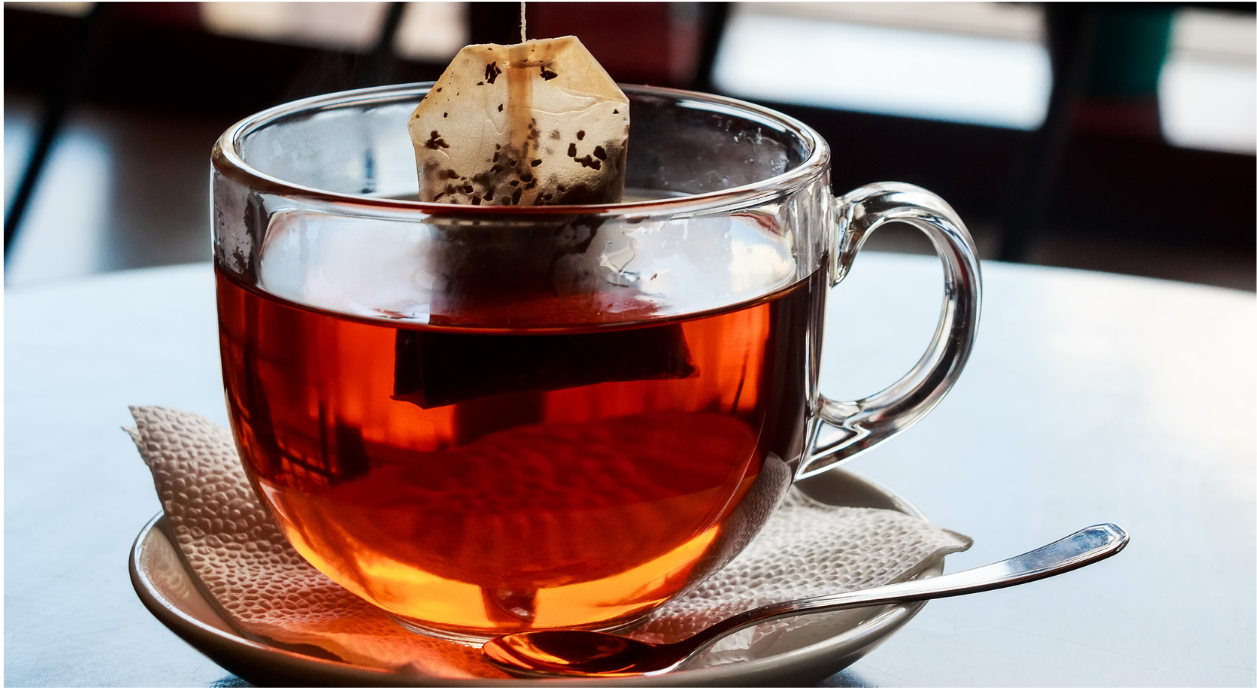What you need to know about customers who are loyal to your products vs loyal to your brand
In today’s marketplace, consumers are spoilt for choice. Savvy customers know that there are always other options for any product or service. This makes it hard for brands to retain customers.
Loyalty can influence customer behaviour. But what is the difference between a customer that is loyal to your product vs loyal to your brand? Here’s what you need to know…
Customer Loyalty vs Brand Loyalty
Loyalty to products and loyalty to a brand is different.
You may have customers who repeatedly purchase your products because they fulfill a need. But that doesn’t mean a customer backs your brand. They may not care much about your company and they certainly won’t talk about it or share it with friends. Product loyalty is a one-sided relationship. This is not necessarily a bad thing, but customers who are loyal to your products (rather than your brand) are more likely to switch.
The Meaning of Brand Loyalty
Brand loyalty is different. Customers that are loyal to your brand love your products and also believe in your mission. These customers talk about you on social media, tell friends and family, and make purchases from you even if there are better-priced alternatives.
Learn more about emotional loyalty here
Take an example of a good old British cup of tea. Tea drinkers don’t all buy the same brand. Those who don’t have brand loyalty will buy whatever they can get their hands on. Factors such as price, convenience, and availability will drive their decision. So if a particular brand goes out of stock, these customers will simply switch to another. It doesn’t really matter which brand of tea they are drinking from one week to the next.
Then there are brand-loyal tea drinkers. These customers have a favourite brand and will stick to it. For example: if PG Tips is out of stock at the store, they probably won’t buy Tetley. Instead, they will wait until PG Tips is back, travel further to find it, or order it online. When PG Tips bring out a new product, brand-loyal customers are more likely to buy it - even if it’s not something they particularly want or need. Why? Because they support what the brand is doing, and trust that they will receive another great product or experience.

So, how do businesses create brand loyalty?
By making people feel something. Brand loyalty is created when customers form an emotional connection with a brand. However, it is not easy. We know that building a loyal bond can’t happen overnight - it takes time, effort, and commitment. But we also know that it’s worth it! So what steps can you take to create brand loyalty?
Strategies for brand loyalty
- Collect data to understand your customers
The first (and most important) step to creating brand loyalty is understanding your customers. You need to know how they interact with your brand so you can create the right strategies through the relevant channels:
What are your customer's key demographics?
Where do they shop most?
When and how often do they purchase?
What are they purchasing from you?
What are they purchasing from your competitors?
Did you know? You can get insight into your entire customer's basket with receipt scanning technology
2) Empathize with your customers
Once you have detailed customer data, you can understand their journey better. First, segment your customers into different groups. For each group, ask yourself the following questions:
What would make their experience more memorable?
What are their desires, concerns, and values?
What kind of emotions do you want them to feel when interacting with your brand?
Need help to map the customer journey? Check out our article on using data to create a memorable customer journey.
3) Create marketing strategies that speak to your customers
When you are clear on your customer's behaviours, personalities, likes, and dislikes, you can create targeted campaigns that truly resonate with them. The key is to get your customers to feel something. That could be that they feel smart and sophisticated, or that they feel loved and taken care of, or any number of things in between. Once you know what emotional response you're aiming for, make sure every aspect of your marketing strategy is designed to evoke that feeling in your customers to keep them coming back for more.
How do big brands use personalization and segmentation to keep customers loyal?
Let’s go back to the tea brand example. For a customer who is brand-loyal to PG Tips, what about this company draws them in? Of course, they like the taste of the product. But there is often something deeper going on. Perhaps the brand offers them something more personal when they engage with customers. Maybe they feel part of a tea-lovers community. Or perhaps they resonate with the heritage, values, and mission of the company. These are the things that competing tea brands cannot easily replicate.

Why is brand loyalty important? Brand loyalty advantages
Customer retention
The first and most prominent brand loyalty advantage is customer retention. Customers who are loyal to brands are less likely to switch to competitors - even if competitors’ products are cheaper or more easily available. Brands that have created emotional loyalty have a better chance of retaining their customers.
New customer acquisition
Another key advantage of brand loyalty is that customers can be advocates for your business. They will refer you to friends and family and showcase your product on social media. This ultimately serves as free marketing that helps build awareness of your brand. You are more likely to attract new customers via referrals and recommendations from loyal customers.
Learn all about our referral module
Up-selling and cross-selling
When customers are only loyal to products, brands miss out on the potential revenue that can come from customers who have brand loyalty. Brand-loyal customers are more willing to buy your new products, even if those products don’t exactly match their wants or needs. They’ll also be more likely to make repeat purchases, spend more money on your products, and be undeterred by rising prices…
Wrapping up
In 2022, brands will have to do more than just offer a good product if they want to keep customers coming back.
The difference between "brand loyal" customers and "product loyal" customers is simple: brand loyal customers are die-hard fans of the company they love. Product loyal customers will buy a specific product, but quickly switch if that brand is not available, convenient, or has put prices up…
Remember: your customers don't just want to buy your products because of the way they function. They want to buy from you because of the way you make them feel when they choose your brand.
To start creating brand loyalty, collect detailed customer data. Empathize with each customer segment to understand what resonates with them. Then, create tailored marketing strategies that will initiate a sense of emotional loyalty. You can do all this, and so much more, with White Label Loyalty software.
p.s. the best tea is made in Yorkshire, England ;)

Recommended Posts
If you enjoyed this article, check out these relevant posts below.
Share this Article

Helen Walker
Senior Content Marketing Executive
Helen is our Senior Content Marketing Executive. She shares valuable information about the Future of Loyalty and will keep you up to date on the latest industry insights...